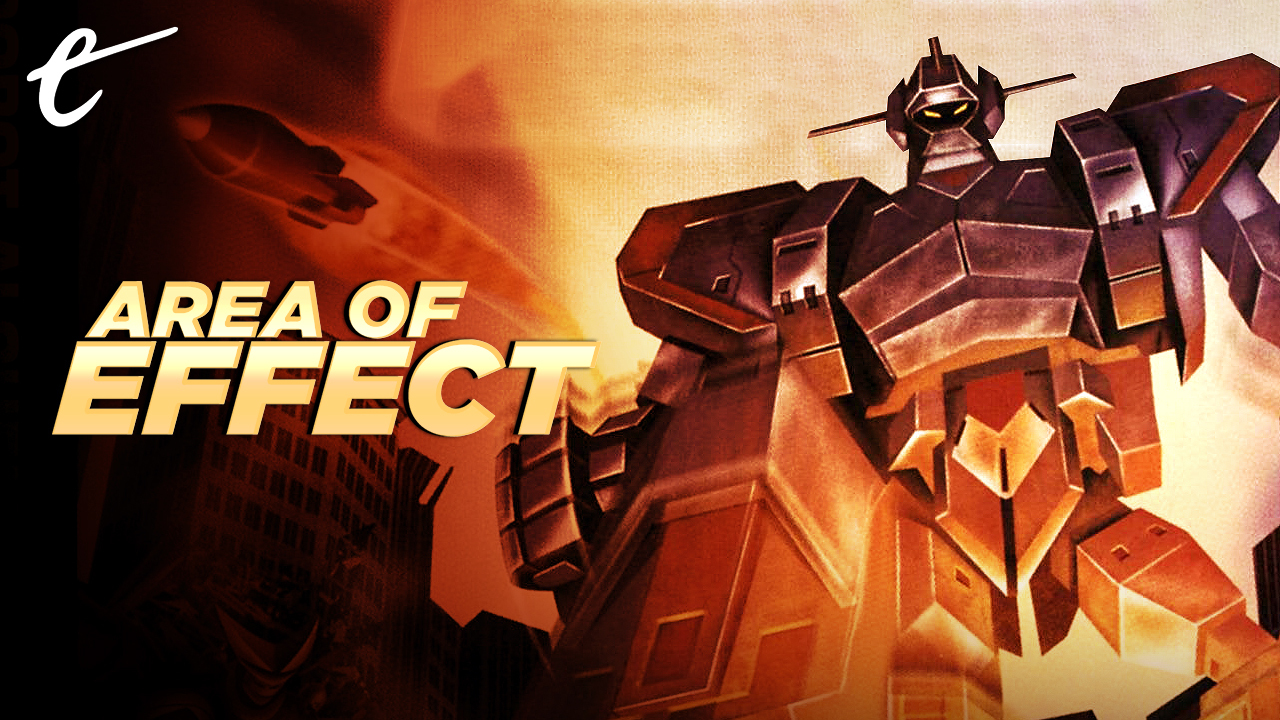This article contains minor spoilers for the Dead Space series in its discussion of planet cracking.
What’s worse than being slaughtered by a flesh-crafted abomination and having your own corpse warped into a hideous and equally murderous form? Not much, but planet cracking in Dead Space comes a close second to its Necromorph nightmare.
It’s not just that planet cracking unleashed the creatures on the USG Ishimura, the massive vessel where Dead Space takes place. Even without their putting in an appearance, this mining enterprise is deeply disquieting. And yet it’s also typically, depressingly human.
If you’ve not played Dead Space and are maybe holding out for the remake, I’ll elaborate. Thanks to overpopulation, Earth’s resources are almost exhausted, so the only way for humanity to sustain itself is through plundering other planets for theirs. That’s not a particularly new concept as far as sci-fi goes, but Dead Space goes the extra mile. In this universe, massive vessels “crack” the planet and tear a vast piece out of it. Humanity then mines that chunk and sends the resources back home.
Forget “boldly going” or even terraforming other worlds — planet cracking is the reason that mankind ventures into space. Dead Space 2’s catch-up movie really drives this home — in addition to showing the technology in action — but all the time you’re playing Dead Space, you’re orbiting a world that’s been ripped right open.
“You may have read reports that claim the destruction of a planet can destroy an entire solar system due to the disruption in the gravitation forces that hold each celestial object in orbit. Some of the wilder reports claim this causes the whole system to spin out of control or causes planets to smash into each other.” reads one of Dead Space’s in-game logs, before claiming to debunk it: “Planet Cracking is perfectly safe and provides an essential service to Earth and the colonies. With all Planet Cracks, the planets are carefully chosen for their mineral content, net worth, and the safety with which they can be dismantled.”

Fracking parallels aside, the prospect of a planet coming apart or careening into some heavenly body is just chilling. And for at least half of the people involved in planet cracking, there’s no easy way out. Why? Because the fun starts well before the planet cracker turns up.
Dead Space’s Aegis VII colony was a colony of miners, sent there to prepare the surface for the cracker, undertaking seismic surveys and the like. Then, two to three years later, they got to watch, stomachs knotted, as an almost unimaginably large piece of the planet was wrenched free. Would everything go according to plan, leaving them free to mine this vast fragment? Or would it end in a repeat of the “Wanat Disaster,” which saw an entire colony wiped out, along with the planet cracking vessel and its support crew?
The game’s mega corp, the Concordance Extraction Corporation, does assert there was one such incident. But, if we follow real world parallels, that probably means there’s been at least a few more complete losses the public didn’t find out about and a whole range of larger-scale fatalities.
Even then, the job’s not done until that colossal bounty has been exhausted. Just imagine living in one of those colonies, knowing the planet itself could destabilize and that there’s nowhere to run. Even if the Necromorph infection hadn’t overtaken the colony, day-to-day life could have been absolutely harrowing.
On a larger scale, Dead Space predicts that humanity’s legacy to the cosmos is one of destruction. Though it doesn’t specify how many solar systems that’s spread over, Dead Space mentions three dozen planet cracks. That’s 36 planets that have been pillaged, with major consequences for any life on that planet and, potentially, the whole system. Sure, the Dead Space universe has its own explanation for the Fermi paradox — the lack of advanced extraterrestrial life — but that’s not to say there weren’t less-advanced life forms on the planets the mining company picked.

Whenever the game referenced planet cracking, I found myself pondering the kind of damage the human race had left behind. How many planets crumbled, after we’d taken what we wanted and moved on? What effect did their destruction have? Losing Jupiter (ignoring that you can’t “crack” Jupiter) would result in a lot more asteroids coming Earth’s way, but who’s to say that, in different solar systems, the effect wouldn’t be more drastic?
And then there’s the prospect of someone — or something — catching up with us. What if, despite the best efforts of the Necromorphs, there is intelligent, non-human, non-Necromorph life? Just imagine them discovering the sheer abandon we’ve demonstrated and following the trail back to Earth.
But that’s humanity for you. We’ve treated Earth with disdain, and there’s no indication we’ll do anything different with the rest of the universe. Or is there? Because the original Dead Space games cast doubt on whether planet cracking is really our own will.
The Markers have a relatively immediate effect on those who find them, creating Necromorphs along the way, but it’s implied that there are longer-term implications. The Marker found on Earth may have accelerated evolution and could have been influencing humanity since then, pushing them to overpopulation.
So, the invention of planet cracking may well have been a subtle “push” to uncover more Markers, an alternative to duplicating them. After all, it ultimately led to the reactivation of Aegis VII’s man-made Red Marker. But I honestly can’t decide what’s worse — that humanity was being influenced by the Markers or that, entirely off their own backs, they decided to strip-mine the cosmos.
Whatever your interpretation, with its new-gen graphics and single seamless level, the Dead Space remake should ensure that, wherever on the USG Ishimura you roam, the specter of planet cracking is never far away.





